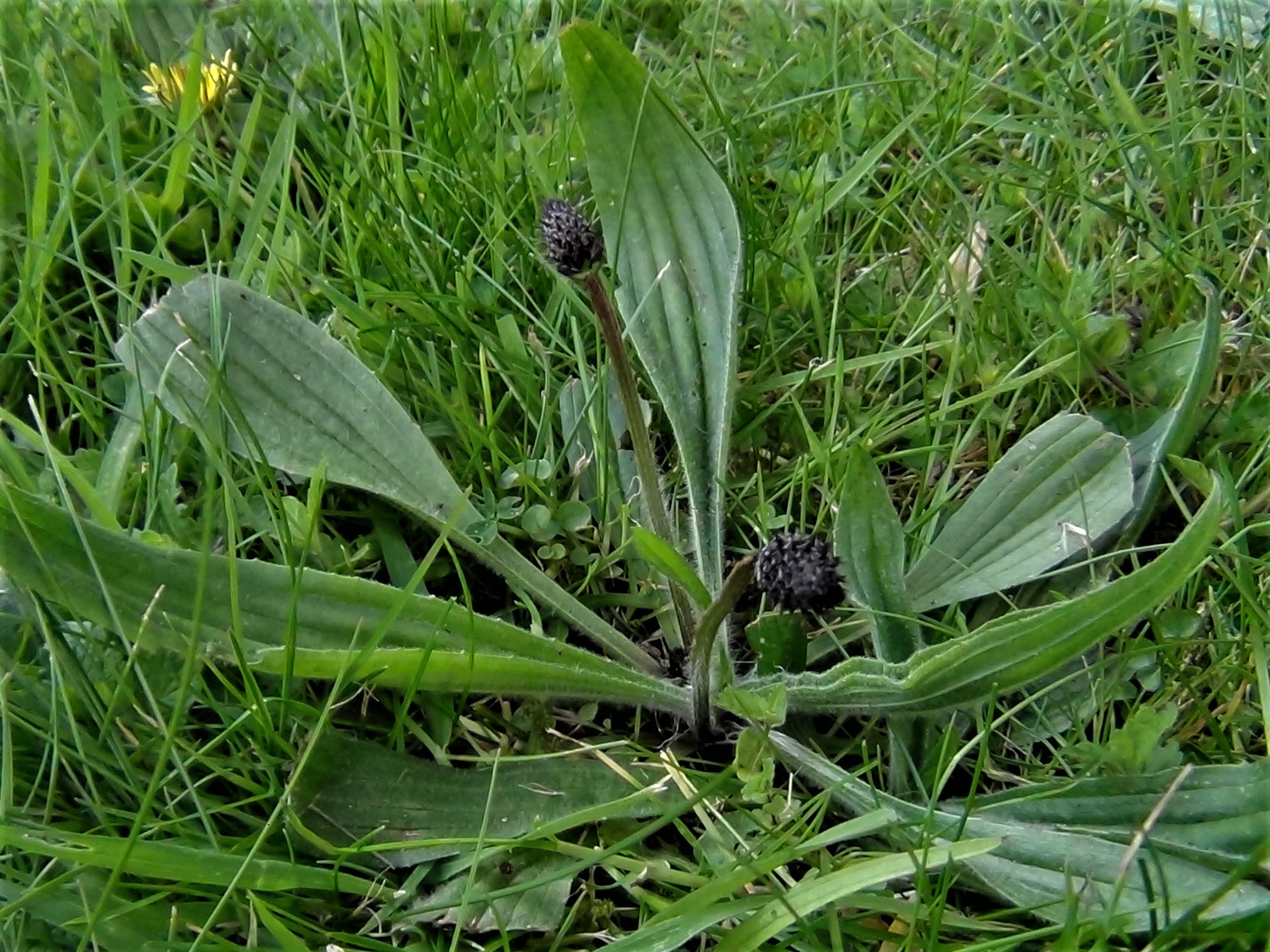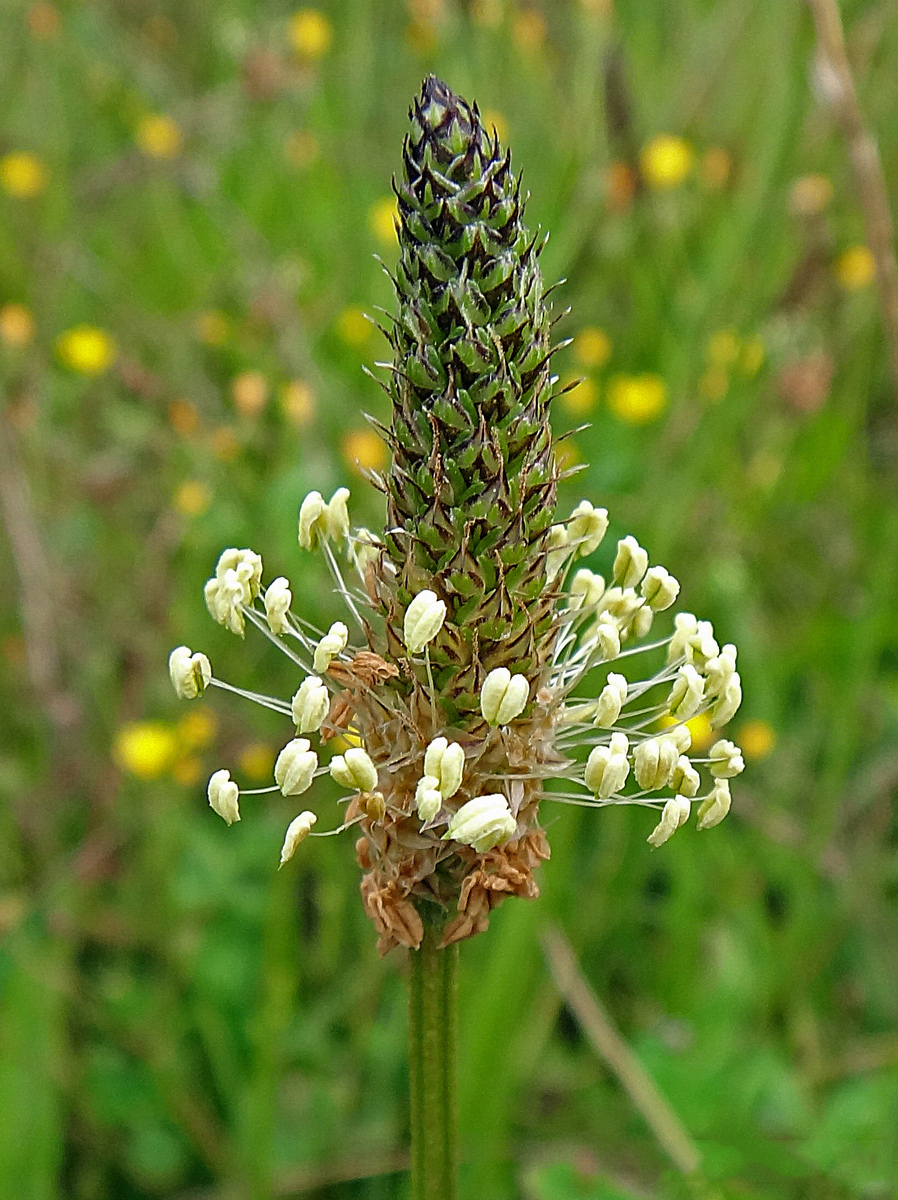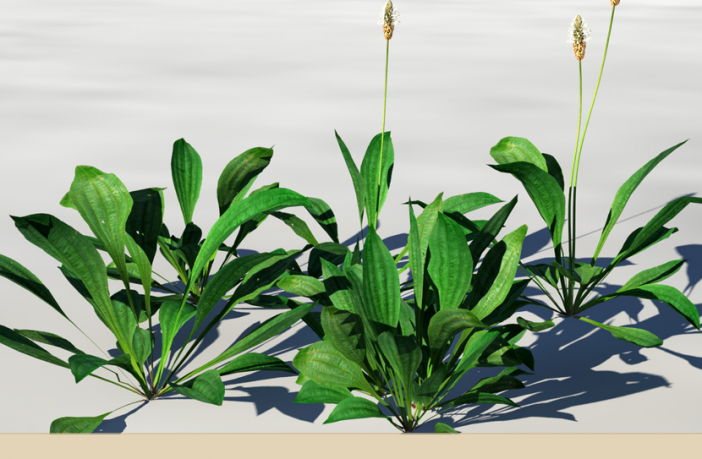How To Use Narrow Leaf Plantain For Natural Remedies
Title: How to Use Narrow Leaf Plantain for Natural Remedies
Introduction:
Narrow leaf plantain (Plantago lanceolata) is a common weed that is found in many parts of the world. It has been used for centuries as a natural remedy for a variety of ailments. The leaves of narrow leaf plantain contain a number of beneficial compounds, including mucilage, flavonoids, and tannins. These compounds have anti-inflammatory, antibacterial, and wound-healing properties.
Main Content:
Here are some of the ways that narrow leaf plantain can be used for natural remedies:
- Soothing insect bites and stings: The leaves of narrow leaf plantain can be crushed and applied directly to insect bites and stings to help reduce pain, swelling, and itching.
- Treating burns: The leaves of narrow leaf plantain can also be used to treat burns. To make a plantain poultice, crush a few leaves and mix them with a small amount of water. Apply the poultice to the burn and leave it in place for 30 minutes.
- Relieving coughs: Narrow leaf plantain can also be used to relieve coughs. To make a plantain tea, steep 1 teaspoon of dried plantain leaves in 1 cup of hot water for 10 minutes. Drink 1-2 cups of the tea per day.
- Improving digestion: The seeds of narrow leaf plantain can be used to improve digestion. They are a good source of fiber, which can help to keep the digestive system healthy.
- Treating urinary tract infections: Narrow leaf plantain can also be used to treat urinary tract infections. To make a plantain infusion, steep 2 teaspoons of dried plantain leaves in 1 cup of hot water for 20 minutes. Drink 1 cup of the infusion per day.
Conclusion:
Narrow leaf plantain is a versatile plant that can be used for a variety of natural remedies. It is safe for most people to use, and it is a good alternative to over-the-counter medications. If you are considering using narrow leaf plantain for natural remedies, it is important to talk to your doctor first.
Narrow leaf plantain is a common weed that has many medicinal uses. It can be used to treat a variety of ailments, including cough, diarrhea, dysentery, and hematuria. The leaves can be consumed as a tea, or eaten both raw and cooked. The seeds can also be eaten.
If you are interested in learning more about narrow leaf plantain, please visit Home Gardening. This website provides detailed information about the plant, including its identification, medicinal uses, and recipes.
FAQ of narrow leaf plantain
- What are some of the benefits of narrow leaf plantain?
Narrow leaf plantain is a common weed that has a number of medicinal properties. It can be used to treat a variety of ailments, including:
* Coughs
* Diarrhea
* Dysentery
* Hematuria
* Impetigo
* Wounds
- How can I identify narrow leaf plantain?
Narrow leaf plantain can be identified by its long, narrow leaves that are arranged in a basal rosette. The leaves are smooth and have a slightly serrated edge. The flowers are small and white, and they are clustered in a spike.
- How can I use narrow leaf plantain medicinally?
Narrow leaf plantain can be used medicinally in a variety of ways. The leaves can be crushed and applied to wounds to promote healing. The leaves can also be made into a tea or tincture to treat internal ailments.
- Is narrow leaf plantain safe to use?
Narrow leaf plantain is generally considered to be safe to use. However, it is important to note that it can interact with certain medications. If you are pregnant or breastfeeding, you should consult with your doctor before using narrow leaf plantain.
Image of narrow leaf plantain
- Image 1: A close-up of a single narrow leaf plantain leaf. The leaf is green and lanceolate in shape, with a smooth margin.
- Image 2: A cluster of narrow leaf plantain leaves growing in a meadow. The leaves are arranged in a basal rosette, with each leaf arising from a long, slender petiole.

- Image 3: A whole narrow leaf plantain plant. The plant has a single, erect stem that bears a cluster of leaves at the top. The stem is smooth and glabrous.
- Image 4: A close-up of the flowers of a narrow leaf plantain plant. The flowers are small and white, and they are arranged in a spike-like inflorescence.

- Image 5: A ripe seed head of a narrow leaf plantain plant. The seed head is a cylindrical structure that is composed of many individual fruits.

- Image 6: A narrow leaf plantain plant growing in a pot. The plant is well-established and has several leaves.

- Image 7: A narrow leaf plantain leaf being used to make a poultice. The leaf is being applied to a wound to help it heal.

- Image 8: A narrow leaf plantain leaf being used to make a tea. The leaf is being steeped in hot water to make a medicinal tea.
- Image 9: A narrow leaf plantain leaf being used to make a salve. The leaf is being crushed and mixed with other ingredients to make a salve that can be used to treat skin conditions.

- Image 10: A narrow leaf plantain plant growing in a garden. The plant is surrounded by other herbs and flowers.

Post a Comment for "How To Use Narrow Leaf Plantain For Natural Remedies"